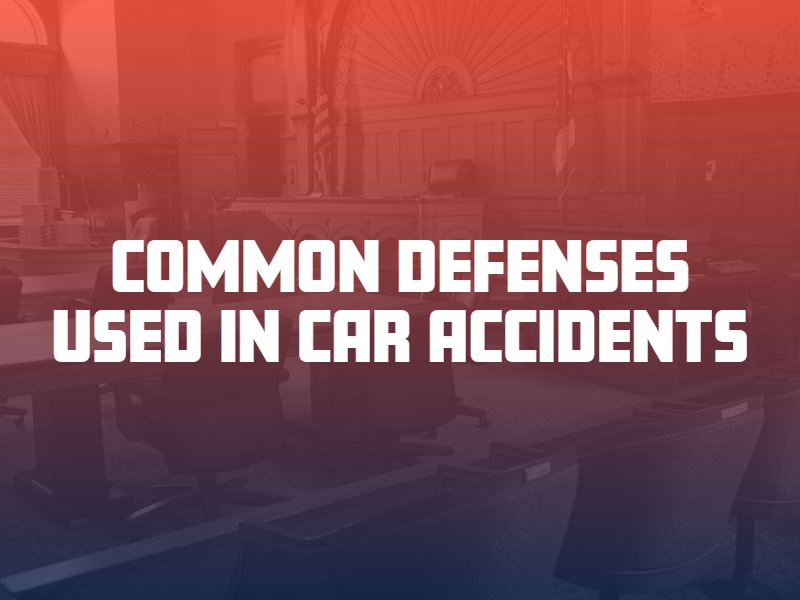Most car accident lawsuits are not without contestation. Insurance companies warn their policyholders not to admit fault at the scene of a crash. The insurance company’s goal is to refute its policyholder’s fault and avoid financial responsibility for the wreck. It may try to do so with several common defenses used in car accident suits.

Comparative Negligence
The comparative negligence defense asserts that the injured party who is filing the claim (the plaintiff) caused or contributed to the car accident, and that the other party (defendant) should, therefore, not bear full responsibility for the damages. How the comparative negligence defense works will depend on state law. New Mexico uses a pure comparative negligence doctrine, which gives a plaintiff the right to recover compensation even with partial fault for a collision.
The “pure” part of New Mexico’s comparative negligence law means that a plaintiff can be any degree of fault – even 99 percent – and still recover financial compensation. However, if the comparative negligence defense works, the courts will reduce the plaintiff’s financial recovery by a percentage that is equal to his or her degree of fault. If the plaintiff is found 20 percent responsible for the car accident, for example, he or she would receive 20 percent less in financial compensation from the defendant.
Other Liable Parties
Another defense that is based on refuting liability for a car accident is to place the blame with a different defendant. The insurance company may try to argue that another driver caused or also contributed to the wreck to diminish its own liability. After an investigation of the crash, the company may try to blame another party, such as the other driver, an auto part manufacturer or the government entity in charge of street maintenance. This could lead to a lengthy liability dispute that draws out the recovery process for the victim.
Pre-Existing Condition
A pre-existing condition is an argument that may be used if the victim’s medical records show that he or she had a prior injury, illness or diagnosed medical condition before the car accident occurred. The insurance company may assert that the injuries claimed already existed at the time of the crash. Although a victim cannot recover compensation for a pre-existing injury, he or she can recover if the car accident exacerbated a pre-existing injury or vice versa. A pre-existing condition alone does not bar a plaintiff from recovery.
Failure to Mitigate Damages
The failure to mitigate damages means that the plaintiff did not take the correct or appropriate steps to minimize the losses that he or she suffered from the car accident. A common example is asserting that the plaintiff took too long to see a doctor or did not see one at all. Delaying medical care can result in the argument that the plaintiff’s injuries would not have been as serious had he or she gone to a doctor or hospital right away. This could reduce the other party’s liability.
Expired Statute of Limitations
Another common defense against a car accident suit is an expired statute of limitations. The statute of limitations is a deadline that must be adhered to for a plaintiff to have a valid claim to financial compensation. In New Mexico, the statute of limitations is three years for an injury claim and four years for property damage, in most cases. If the plaintiff files too late, this could bar him or her from recovery.
An insurance company or defendant may also try to use other administrative errors as a defense to liability, such as paperwork or filing mistakes. The best way to counter defensive arguments that may arise during a car accident case is by hiring an Albuquerque car accident lawyer for representation during insurance negotiations or a personal injury lawsuit.




